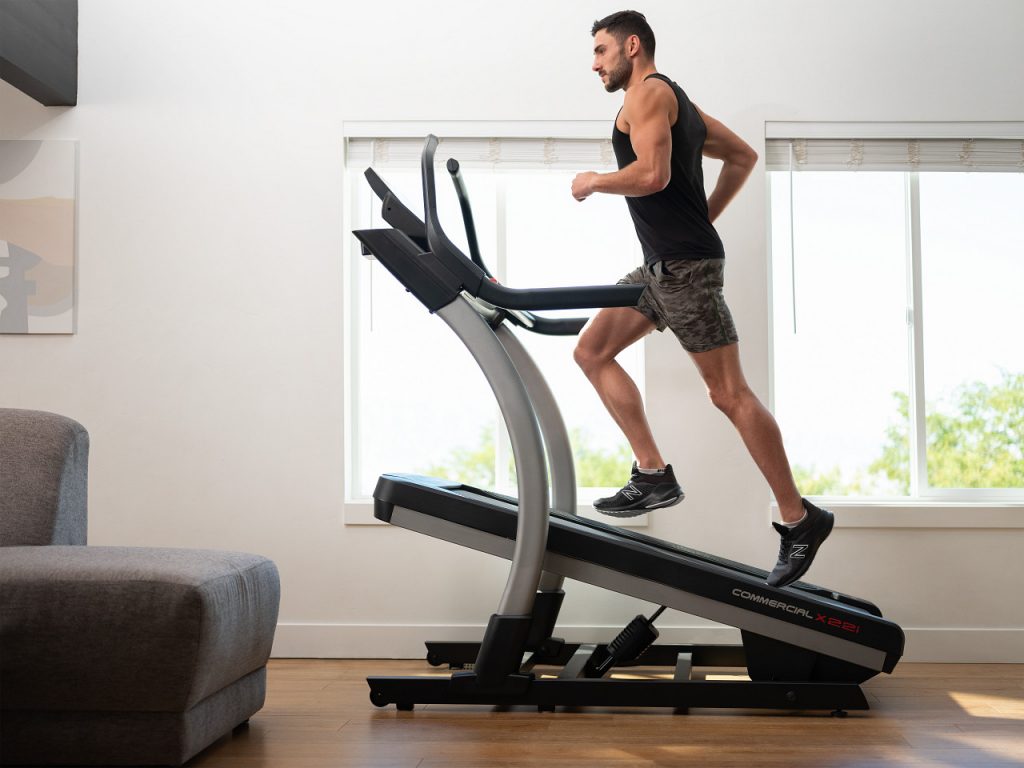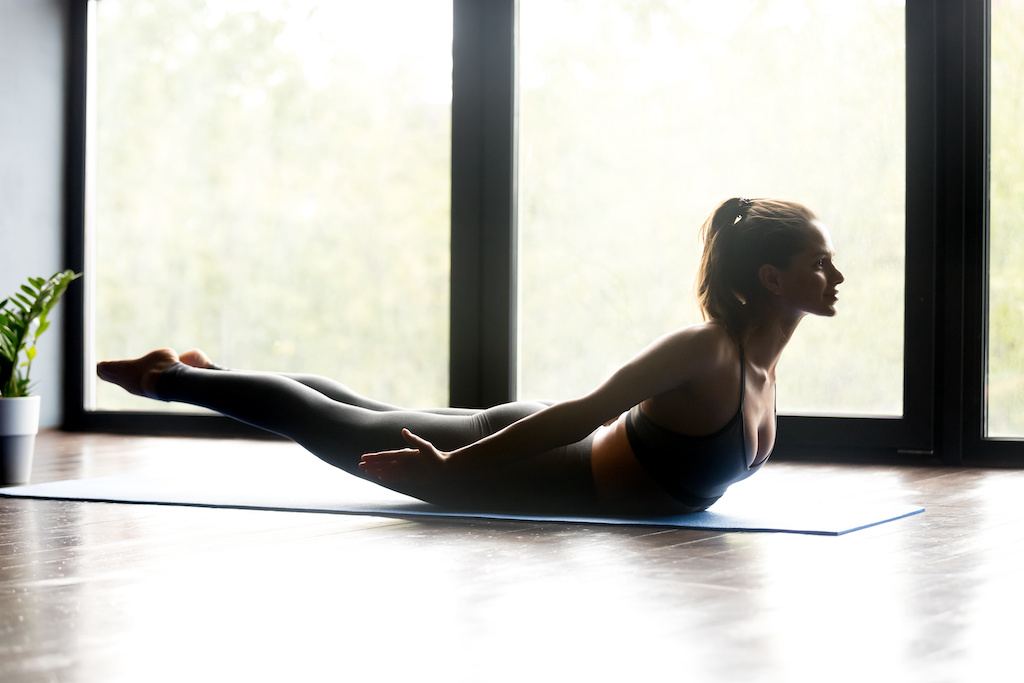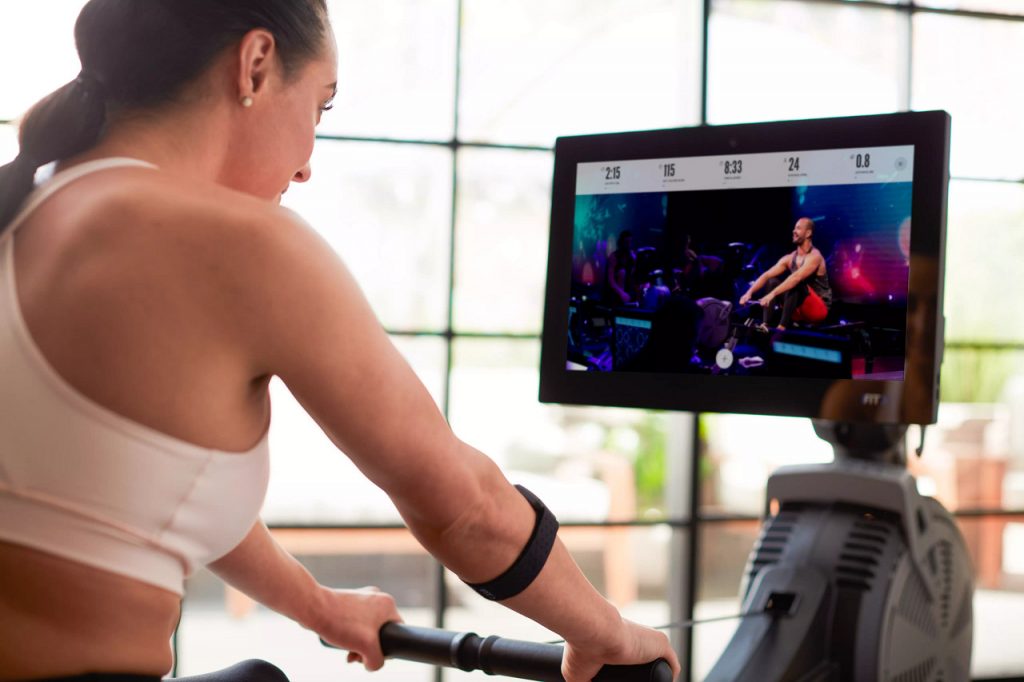While the abdominal muscles, pectorals, biceps and gluteal muscles are often the focus of attention for athletes, there are other muscles that are less often used or even forgotten. What are these forgotten muscles relative to the activity you practice, and how can you develop a targeted programme to put them back into the heart of your training?
The Muscles That Are Often Forgotten During Training

Each form of training requires certain muscles to be used more than others. By knowing which muscle groups are less often used in your chosen discipline, you can strengthen them with specific exercises to improve your performance and overall strength.
The Forgotten Muscles of Runners
To go faster or gain endurance, runners often think of strengthening the upper body, in addition to the legs and glutes, but there are other muscle groups that are essential to running well:
- The diaphragm: the king of the forgotten muscles because it is hidden under the rib cage; the diaphragm is the key to good breathing and optimising effort during running.
- Pelvic floor muscles: these muscles in the lower part of the abdomen hold the organs in place. Less specifically worked than the abdominal muscles, they can be strengthened to minimise the effects of impact during running. You can use Kegel exercises as a guide to strengthening them.
- The lumbar muscles: although abdominal work is often recommended for runners, it is important to strengthen the lumbar muscles at the same time so as not to unbalance your posture during exertion.
The Forgotten Muscles of Cyclists
Cyclists are known for having strong legs and strong calves. To improve their performance, they can also focus on some less directly used but very useful muscle groups:
- The gluteal muscles, also called gluteus medius: located on the sides of the buttocks, stabilise the pelvis. They help to keep the knees aligned with the hips and to avoid overcompensation of the tensor fascia lata muscle, which can lead to band syndrome, a common tendinopathy in athletes.
- The psoas: mobilised during hip extension, the psoas connect the pelvis and the trunk. These are often contracted in people who spend a lot of time sitting. For cyclists, strengthening the psoas helps to limit lumbar tension and improve the efficiency and consistency of pedalling.
These Muscles are Less Often Used in General
Other muscle groups that are rarely used in daily life or during physical activity in general:
- The deep muscles of the shoulders, especially the rotator cuff
- The muscles of the forearms
- The trapezius muscles
- The adductors on the inside of the thighs
- Other muscles
Workout in Less than 20 Minutes to Engage These Less Frequently Used Muscles

Work deep or hidden muscles in less than 20 minutes with these exercises:
- Perform 10 deep breaths to relax the diaphragm.
- To mobilise the gluteal muscles, do 2 sets of 10 squats with an elastic resistance band above the knees.
- To stretch the psoas, do a forward lunge until you land on one knee. Tilt your pelvis forward and hold for 20 seconds. Repeat 3 times and change sides.
- Strengthen your lumbar muscles with the Superman exercise. Lying flat on your stomach with your arms straight, raise your arms and legs at the same time a few centimetres for 20 seconds. Repeat the movement 3 times.
- Do the bridge to work the pelvic floor muscles, abdominals and lumbar region. Lying on the floor with your legs bent, raise your pelvis without arching several times in a row.
- To strengthen the adductors, tie one end of a rubber band to a fixed point and the other to your ankle, then stretch your leg back. Do this in sets of 10 movements.
Our Tips for Creating a Balanced Workout Routine

Regardless of the discipline you practice, you can complement your usual program with some muscle-strengthening sessions:
- Are you a runner, tennis player or cyclist and want to optimise your workout routine with the help of a fitness machine? Choose the rowing machine, a complete home trainer that works more than 80% of the body’s muscles.
- Some equipment includes cross-training accessories and features, such as dumbbells and a 360-degree swivel screen on NordicTrack’s Studio Cycle exercise bikes.
- Visit iFit® Daily to try out 3 workout routines designed to work specific areas from all angles:
- Ultimate Booty & Legs for legs and buttocks
- Ultimate Arms, for arms, shoulders and upper body
- Ultimate Abs for abdominal muscles
Check out our Fitness & Training page for more advice.
